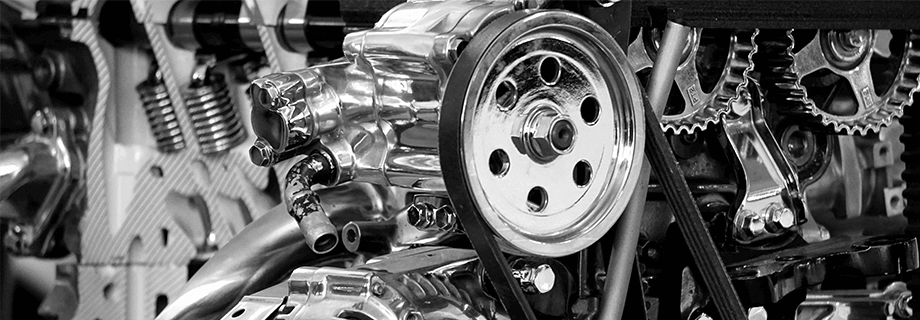Importance of Correct Parameters (Part 1)

When running soybeans through an extruder or through an ExPress® system (an extruder and a press in-line) it is very important to have all the correct parameters to ensure quality, while at the same time meeting feed production needs.
When it comes to soybean quality, if you are just using an extruder, the most important things you should be testing for is Trypsin inhibitor and Urease levels in the extruded meal, as well as the moisture also described in this blog by John Doud, R&D technician. This is accomplished by having well-trained operators and using the correct temperature and throughput in the extruder barrel.
For instance, on a Model 2000 series extruder, without a preconditioner, the maximum production is 1 US ton an hour (2000 LBS/hour) and the processing temperature (the barrel closest to the exit of the extruder) should be set at Insta-Pro defined minimums to help ensure the quality of the product. While correct temperatures are very important to good quality product, production is key as well. If you starve the extruder and don’t feed it enough raw product, the extruder will “surge” and result in an inconsistent flow which can lead to temperature bouncing all over as well as the amperage. This can lead to an unstable process, as well as make your parts wear much faster than normal.
At the same time, if you over-feed the extruder, you may increase the throughput too much and even though the processing temperature says it’s correct on the panel, the product is now moving too fast through the barrel and not cooking correctly, leading to increased levels of trypsin inhibitors and urease. Over-feeding can also cause motors to not last as long due to running the amps over the full-load amperage (FLA) located on the motor tag.
When running an ExPress® system (extruder and press in-line with one another) there are quite a few more parameters and quality aspects involved compared to running just an extruder. In this process, the press is usually the limiting factor as far as production goes. Here, the same parameters mentioned above are used for the extruder except that you can’t just run the extruder at full-load amperage, you need to limit it to just enough production from the extruder to fill the press.
If your goal here is to maximize oil extraction, you must keep the press cage “full” so it is pressing oil all the way back. If you under-feed, the quality of the meal will change since the oil residual will go up, due to the meal not being pressed the whole length of the cage. A vented conveyor is essential with an ExPress® system as well, since pressing moisture will result in more solids coming out of the cage and can also affect oil residual in the meal due to the press working to remove moisture, as well as the oil. The vented conveyor helps get steam out of the extruded meal before entering the press.
These are all very important steps to follow to ensure a quality product as well as keeping production at a maximum. In part two of this blog, I will give an example of a real-world situation I ran in to in the field recently, and what steps I took to resolve the problems. In the meantime, if you have any questions, send the service team a message.



